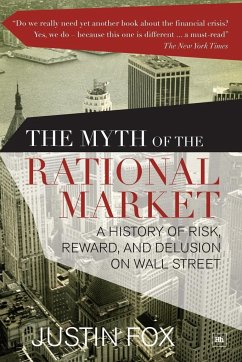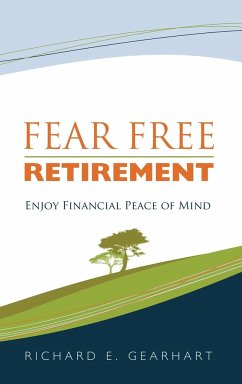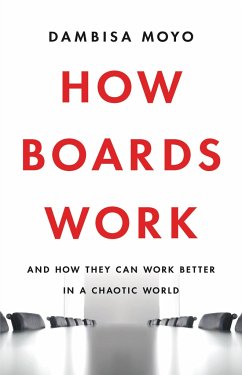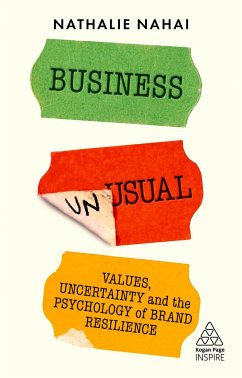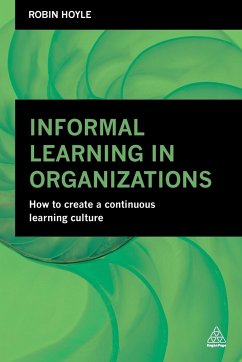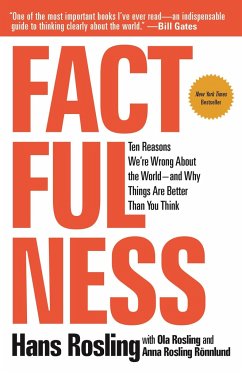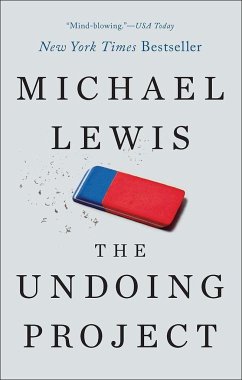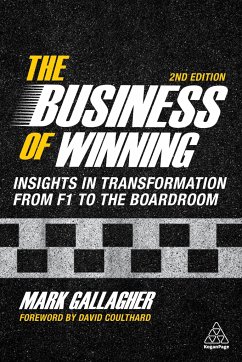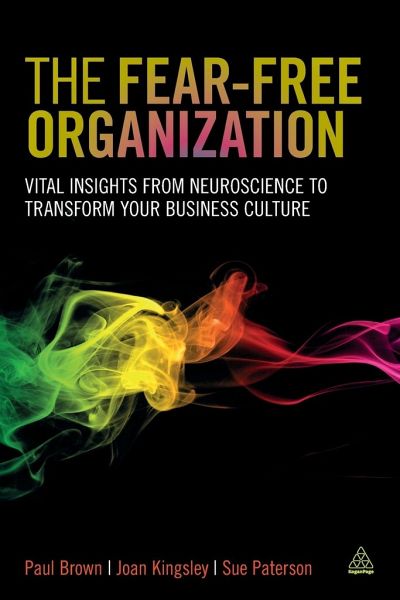
Fear-Free Organization
Vital Insights from Neuroscience to Transform Your Business Culture
Versandkostenfrei!
Versandfertig in 1-2 Wochen
29,99 €
inkl. MwSt.
Weitere Ausgaben:

PAYBACK Punkte
15 °P sammeln!
Evidence from neuroscience shows that individuals and organizations are more successful when people are encouraged to take risks, explore new ideas, and channel their energies in ways that work for them. And yet many organizations are filled with bullies, vicious gossip, undermining behaviours, hijacking tactics, political jockeying for position, favouritism and other factors that instil fear and impede productivity. It is no wonder that organizations are actively looking at how they can improve and maintain the psychological health and wellbeing of their employees to the benefit of all concer...
Evidence from neuroscience shows that individuals and organizations are more successful when people are encouraged to take risks, explore new ideas, and channel their energies in ways that work for them. And yet many organizations are filled with bullies, vicious gossip, undermining behaviours, hijacking tactics, political jockeying for position, favouritism and other factors that instil fear and impede productivity. It is no wonder that organizations are actively looking at how they can improve and maintain the psychological health and wellbeing of their employees to the benefit of all concerned. The Fear-free Organization reveals how our new understanding of the neurobiology of the self - how the brain constructs the person - can transform for the better the way our businesses and organizations work. Academic yet accessible, The Fear-free Organization addresses head on the issue that scared people spend a lot more time plotting their survival than working productively. The book helps leaders understand the neurobiology of fear, face the damage it is doing, and replace it with building relationships, managing energy flow and fostering trust. It guides you in making your workplace one that's full of energy, not adrenalin; focused on possibility, not profit; and generates independent thinking, not obedience so you can promote the psychological wellbeing that is strongly correlated with greater energy, motivation and better cognitive function.





